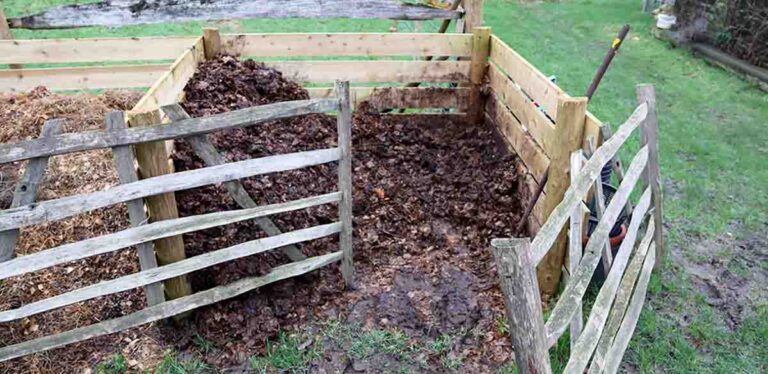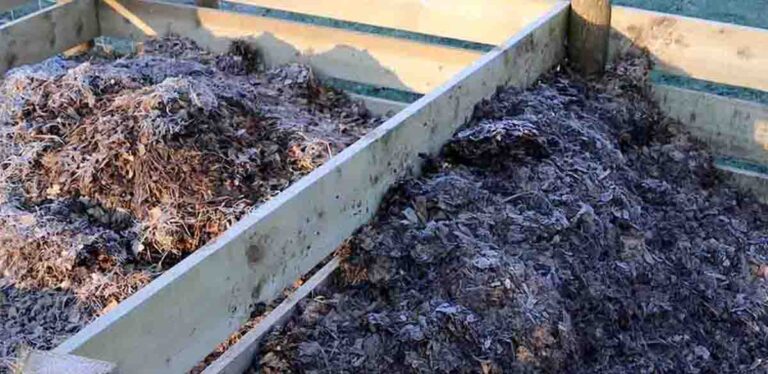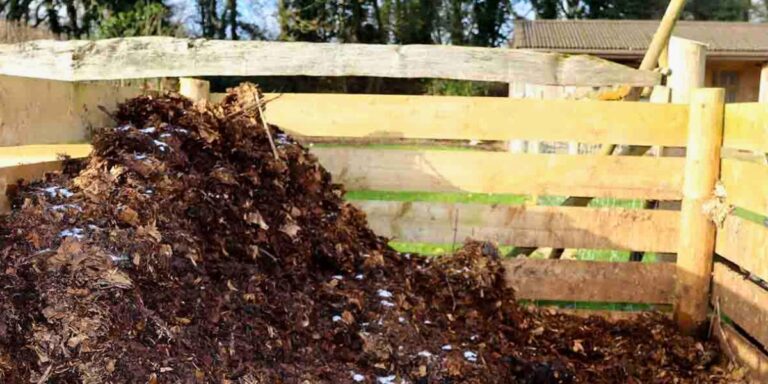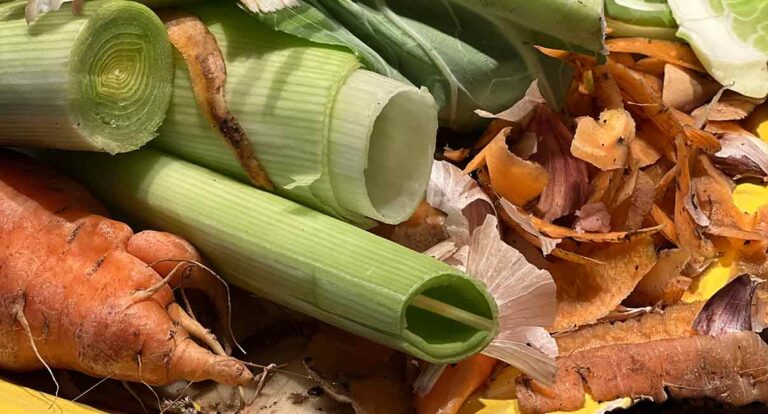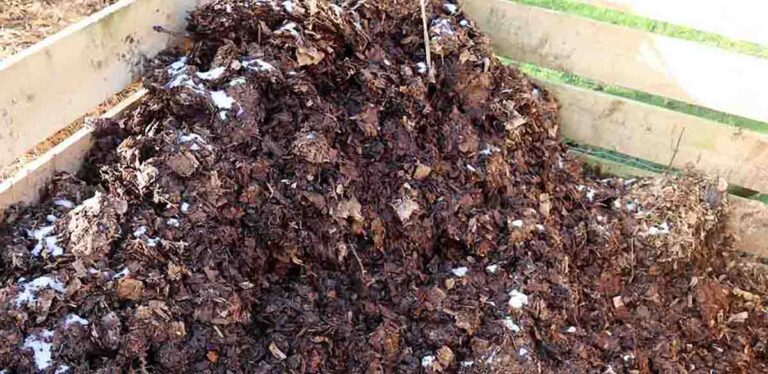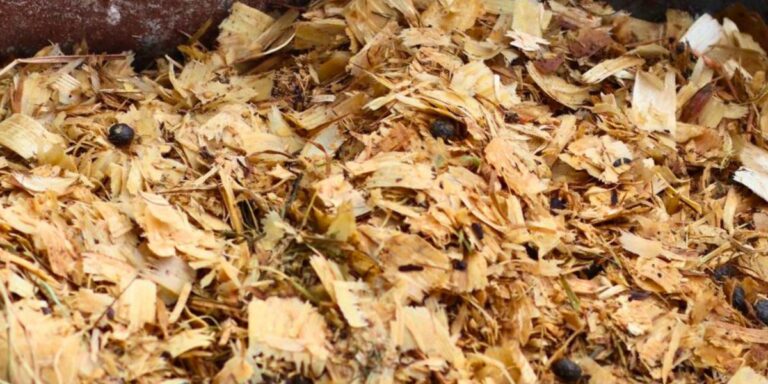The Role Of Worms In Composting
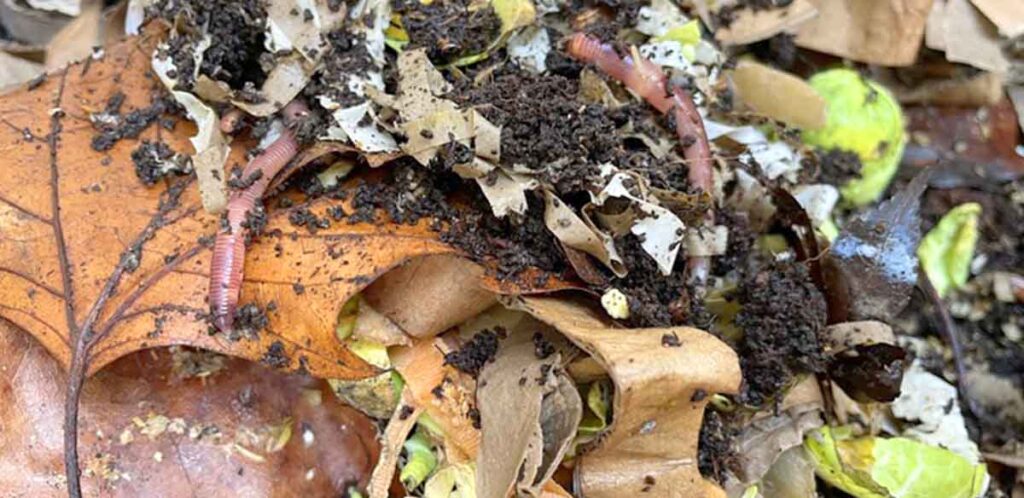
The role of worms in composting is a really interesting one. It’s likely that they’re not actually doing quite what you think they’re doing! Most of the decomposition in a compost heap is handled by billions of aerobic bacteria, which reduce organic waste to lovely, crumbly, nutrient-rich humus. But a compost pile made directly onto the ground is also likely to be helped along by worms from the soil. Worms add another dimension to the composting process. Composting specifically with worms in a worm farm is an art and science all of its own.
- Do worms live in compost piles?
- The role of worms in composting
- What kinds of worms live in compost piles
- Should I add worms to my compost pile
- Encouraging worms into your compost pile
- Making compost in a worm farm
Do worms live in compost piles?
Earthworms are detritivores, which means they eat dead and decaying organic matter. It’s normal to find them anywhere they will find food. Which could be in the soil, among dead leaves, and of course, in compost heaps. After all, what is a compost pile except a great big pile of decaying organic matter?
If your compost pile is sitting directly on the ground, worms will make their way up into the heap directly from the soil. But even an enclosed plastic compost bin or tumbler is likely to occasionally play host to some wriggly visitors. Some adventurous worms will find a way in of their own accord, but they also get moved inside by human actions. For example if you put plant roots in your composter that have egg sacks hidden among them.
However, you’re much less likely to find worms living happily in a static black plastic composter, or tumbling compost bin. Conditions inside these containers get pretty hot, and most worms won’t survive. Since they’re about 70% water, they also decompose and disappear into the material around them very rapidly, leaving no trace of the short visit.
You’re much more likely to spot worms in an open composting bay. Whilst the conditions in the center of an active compost pile are still too hot for worms to be comfortable, they have the option of moving to the edge when the internal temperature spikes.
What kinds of worms live in compost piles
There are over 20,000 species of worms, including many thousands of soil-dwelling worms. So it shouldn’t surprise you now, when I say that there are many types of worm that might call your compost pile home!
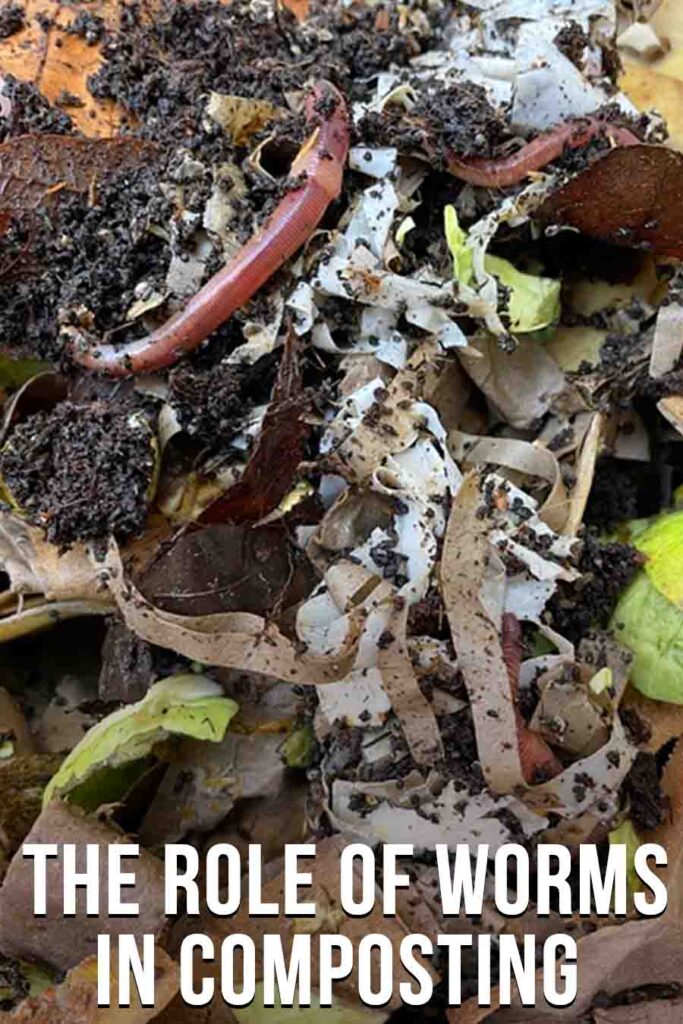
Earthworms
For most people, the word worm conjures up an image of an earthworm first of all. Earthworms are found almost everywhere in the world, and there are approximately 7,000 earthworm species, many of which are restricted to very specific geographic regions. So exactly which species of earthworm you’ll find wriggling around your pile depends upon where you live. And you and I might not find the same ones! Look out for:
- Common earthworms (Lumbricus terrestris), also known as nightcrawlers. Originally native to Europe, nightcrawlers can now be found just about everywhere.
- Redhead worms (Lumbricus rubella), an invasive species that has become widespread throughout the U.S.
- Kentucky earthworms (Komarekiona eatoni), a USA native, found in Pennsylvania, North Carolina, Tennessee, Indiana, and Illinois.
- Brandling worms (Eisenia fetida), also known as tiger worms and red wrigglers. These earthworms have distinctive dark red rings around their bodies and tend to be nearest the surface of your compost pile.
Pot worms
Besides the many types of earthworm, you might occasionally spot pot worms in your compost too. Pot worms look like small, white earthworms, but they’re actually a distantly-related cousin, at best. They’re harmless, and fulfil pretty much the same ecological role as earthworms, chomping their way through decaying organic matter. But, they’re attracted to relatively wet conditions. And since an overly-wet pile is bad for efficient composting, an explosion of pot worms is usually an unwelcome event for most gardeners. You can make your compost pile less attractive to them by incorporating lots of brown material to soak up excess water and create air pockets.
The role of worms in composting
Worms consume the decaying organic matter on your compost pile, break it down in their digestive system, and leave behind casts (poop!). In this way, they help with processing the contents of your pile into compost. But it has to be said, their contribution is absolutely dwarved by the efforts of the aerobic bacteria doing the same thing.
Since worms eat the contents of your pile, it sounds like worm casts should have some nutrients stripped out of them, right? But here’s something remarkable: it’s not actually the organic matter itself that the worms gain energy and nutrients from. It’s the bacteria covering the surface of the organic matter that they’re after. So in fact the contents of their casts remains turbocharged with nutrients that plants need for growth.
The benefits of worms in your compost heap
Researchers who have examined the properties of soil and compost with a significant worm population have discovered that:
- When worms move through a compost pile, their tunnels promote airflow and aerate the compost. This creates more favorable conditions for aerobic bacteria working to break the material down.
- Worm casts make the compost more water retentive.
- The digestive enzymes in worms’ guts break down the chemical bonds that ‘stick’ nutrients and minerals like phosphorus to the soil. Meaning they are more readily available for plant roots to absorb instead.
- Worms reduce the concentration of heavy metals in soil. Trace quantities of heavy metals like cadmium, copper, and lead can end up in a compost pile as a result of composting newspapers and magazines (the metals are present in the inks). They inhibit plant growth, and reduce crop yields. But the action of worms in compost is efficient at reducing heavy metal contamination.
Whilst many of these benefits have been proven or explained relatively recently, the role of worms in composting has been long appreciated by farmers and gardeners. In fact, in ancient Egypt, the beneficial effect of worms on soil was so well known, that Queen Cleopatra declared them sacred and made it illegal to remove them from Egypt – punishable by death! The one thing that worms don’t actually do, is make much difference to how quickly your compost will be ready. Most of the decomposition process is actually being taken care of by bacteria, and on their timescale.
Should I add worms to my compost pile?
Without a doubt, your compost pile is a richer place for having worms in it. So does it make sense to add worms to your compost pile? You might already be aware that bags of live composting worms can be bought online. Like the bag of 500 brandling worms that came with my worm farm.
The short answer is no: there is no advantage in buying worms to add to your compost heap. The long answer is that as we’ve seen, if you have a composter or composting bay which is open to the ground, worms are going to arrive anyway. So there’s no need to buy them in. And adding worms to a sealed composting container is simply going to result in cooked worms.
The worms you see being sold for composting are specific species which adapt well to life inside a worm farm, and we’ll come back to that in a moment. But first, if you want to enjoy the benefits of worms wriggling through your compost, here are some tips to encourage them in.
Encouraging worms into your compost pile
- Make your compost pile open to the ground. Build it and they will come, as they say.
- Don’t build your pile too high. A very tall pile will end up too compressed at the bottom for worms to move in. About 3’ or 4’ tall is enough.
- Keep it damp. Worms are 70% water, and they need damp conditions to live in or they’re at risk of drying out. In hot, dry weather, try directing a sprinkler at your pile for 30 minutes, to soak it gradually and evenly.
- But don’t let it get too soggy. The contents of you compost pile should feel damp to the touch. But it shouldn’t drip or ooze water when you squeeze a handful. If the bottom of your pile is too wet, worms won’t be able to breathe in it. Incorporate new brown material, and rebuild your pile on top of some branches and twigs, or an old pallet, to promote drainage.
- Check the pH. Most worms can’t survive in extremely acidic or alkaline environments. Adding large volumes of oak leaves or pine needles to a compost heap can make it acidic, and wood ash can make it alkaline. You can buy cheap kits to test the pH conditions of your compost, and correct most imbalances by incorporating more shredded paper or cardboard.
Making compost in a worm farm
Worms are such powerful composters, and their casts are so beneficial to plants, that some gardeners enjoy making worm compost in a worm farm. The worms used in worm farms are different from the worms you’re likely to find in your compost heap, or in your garden soil. They belong to species that prefer to dwell just under the surface, rather than tunneling deep underground. Brandling worms (Eisena fetida) or composting worms (Perionyx excavatus) are particularly common. Since they prefer to be near the surface, you can add fresh layers of compostable material on top of them, and remove finished worm compost from underneath them. Worm composting is a fun and fascinating way to recycle kitchen scraps. But you won’t achieve the same volumes of compost that you can get from a traditional pile. You can read about my recent experience of setting up my own wormery here.
The role of worms in composting – summary
Worms consume and break down organic material. Since they’re actually feeding on bacteria on the surface of the material, the contents of the casts remains full of nutrients plants can use for growth. The action of worms inside a compost pile makes it lighter, better aerated, more moisture retentive, healthier, and improves nutrient availability to plant roots. However, there’s no need to worry about adding worms to your pile. If you maintain a balanced pile with equal volumes of evenly distributed green and brown material, adequate moisture, and access to the ground, they will come!
Do you find many worms in your compost pile? Can you tell what species they are? Let us know in the comments box down below!

